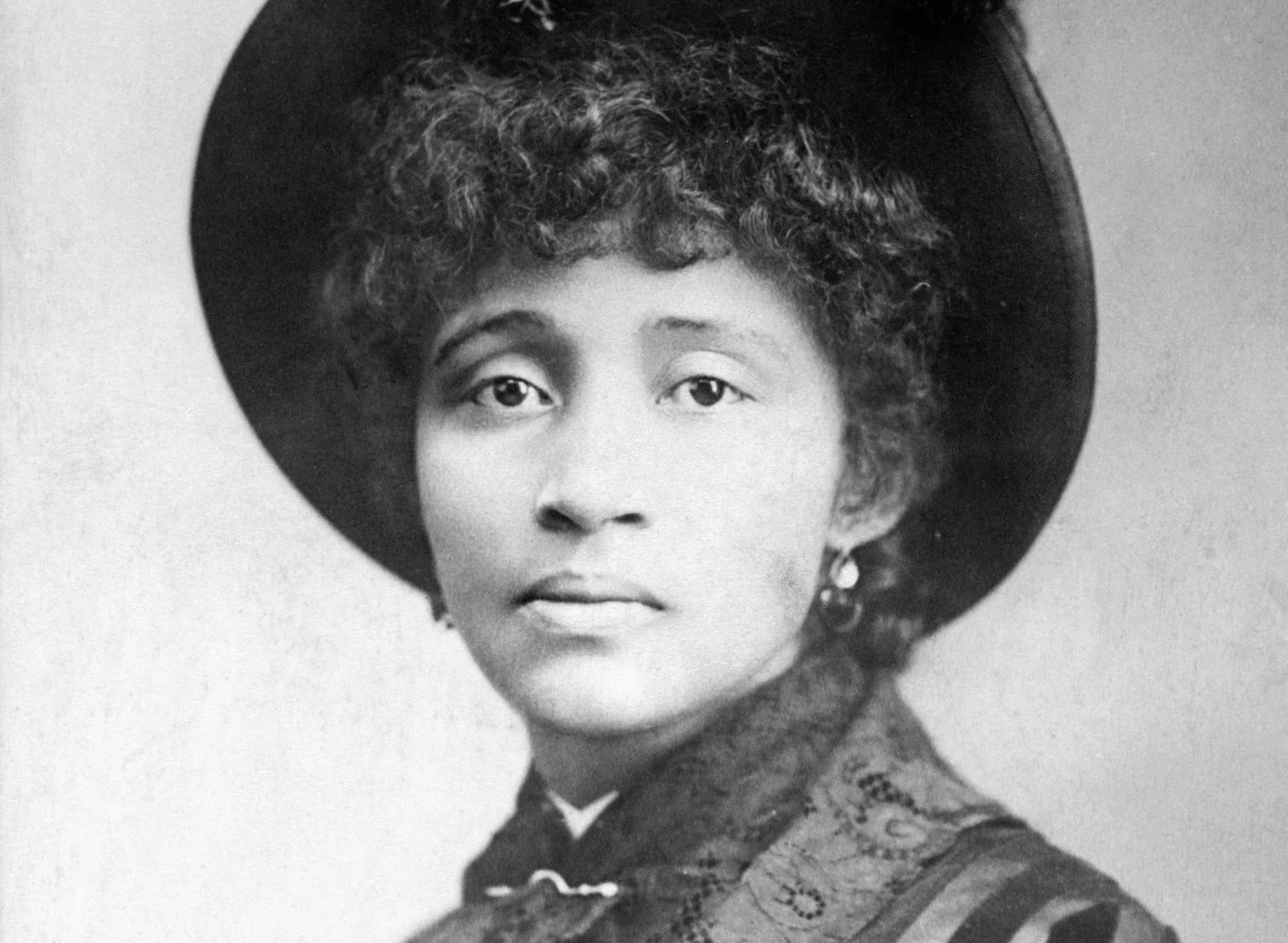
Virginia
Virginia, The Civil War & Wilmer McLean: Weird History
Bull Run or the First Battle of Manassas took place at Wilmer McLean’s farm on July 21, 1861. A cannonball exploded into the kitchen of his home. After the incident, he decided to move from his home to protect his family. (U.S. National Parks Service)
McLean moved to Appomattox, Virginia and in 1865. Only to have the Civil War at his front steps once again with the Battle of Appomattox Court House on April 9, 1865. (U.S. National Parks Service)
Preceding this battle, General Robert E. Lee was required to abandon the Confederate state capital of Richmond, Virginia, after the Siege of Petersburg. Lee made his final stand at Appomattox Court House and was forced to surrender. (Fraga, Kaleena)
A messenger from the confederacy was sent out and found McLean and informed him of the Confederate’s intentions to surrender. He was asked to find a location where the surrender could take place. So, in an unanticipated way, the Civil War started in McLean’s backyard in 1861 and ended in his parlor in 1865.
After the Confederates surrendered, Union soldiers started taking tables, chairs, and other household items from McLean as souvenirs to remember their win. (Fraga, Kaleena)
Mitchells, Virginia
Name: Coffeewood Correctional Center
Population:1193 inmates (men)
Opened: 1987
Who Owns It and General Facts: Virginia State
Land History:
The prison is situated in the Blue Ridge Mountains.
Some of the first nations people in Culpeper County were the Manahoac, Melungeons, Powhatans, and Virginia Siouans. (Goddard)
Monacan tribes, the Tutelo, and Saponi tribes also lived in Virginia. The three could have been part of a common culture occupying Piedmont from the Dan River north to the Potomac River. (Hey, Jody, 6)
(This interview was conducted in 2009 for the Amherst Glebe Arts Response. Phyllis Hicks (1947-2015) grew up in Virginia during segregation. She was a lay minister and priest, led efforts to establish the Monacan Ancestral Museum, and helped secure federal recognition for the Monacan tribe. ) ^^
In the 1600s, the Manahoac were caught between issues of other tribes: the Iroquois to the north and the Cherokee/Catawba to the South. War parties traveling along the east side of the Blue Ridge disrupted the Manahoac settlements, along with those of the Monacan, Tutelo, and Saponi to the South. (Scheel)
At least 160 battles during the Civil War were fought in Culpeper County, according to the local tourism bureau.
Unusual Facts:
The prison offers a canine training program to those who are incarcerated. The program's purpose is to improve and increase inmate empathy and promote positive pro-social interactions. Inmates provide obedience training to dogs from an outside rescue agency to become well-behaved companion dogs. (VA Department of Corrections)
Culpeper Co. Sheriff posted anti-Black Lives Matter comments to the department’s Facebook page. (Satterfield)
The Rappahannock Native Tribe of Virginia is one of eleven state-recognized Native tribes. They are ancestors of the indigenous people who met with Captain John Smith during his voyage to map the Chesapeake Bay in 1608. Smith encountered at least 43 Native towns and hamlets along both shores of the Rappahannock River. (The National Park Service Chesapeake Bay)
One inmate died of Covid, and 300 others were infected in November 2020. (Wyant)
Lucy E. Parsons was born into slavery in Virginia and moved to Waco, Texas as a teenager. The city and exact year of Lucy’s birth are unknown. Lucy E. Parsons was an essential leader in the radical labor movement and American anarchism. After the civil war, Lucy married Albert R. Parsons, who had become an anti-racist -political-radical Republican after serving as a Confederate soldier. In 1873, the couple moved to Chicago, where they became involved in labor organizing. This was the beginning of unions that included Black women. Lucy identified as Native American and Mexican. About a decade after moving to Chicago with her husband, they started the well-known anarchist newspaper, The Alarm. Lucy was a writer, and Albert acted as the editor. A few years later, she launched a speaking tour to raise money for her husband. He was one of the nine men tried and was executed under the charge of “speaking in such a way as to inspire the bomber to violence” following the Haymarket Square Bombing, which killed 7 Chicago cops. Lucy died in Avondale, Chicago, at the age of 83- 91 years old, in a fire. (Greer, 2019)
Lucy E. Parsons
In the Virginia state record, only 1% of documented historical sites are categorized as having any African-American historical significance. It’s easy to visit historic sites from the era of slavery and forget the enslaved men, women and children who built and maintained these places. Using Street View, Virginia Humanities has been collecting panoramic imagery of slave dwellings across the state for everyone to see. They hope these images will add to a more inclusive history of Virginia and helps us remember that enslaved peoples were integral to our country’s founding. Learn more: https://goo.gle/2Fhhxiv
MORE MEDIA
Video footage at the top of this page showcasing the plantations in Virginia

